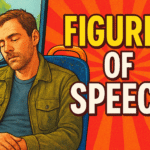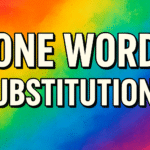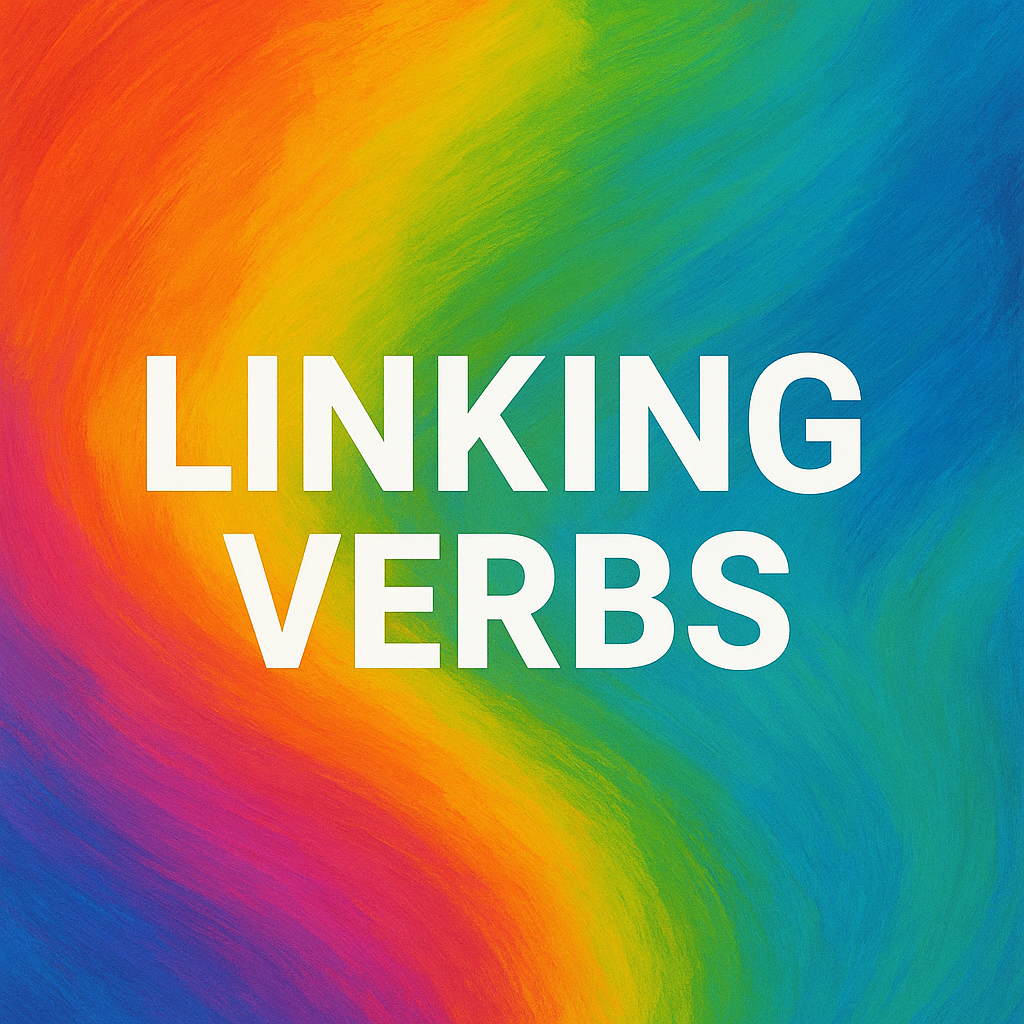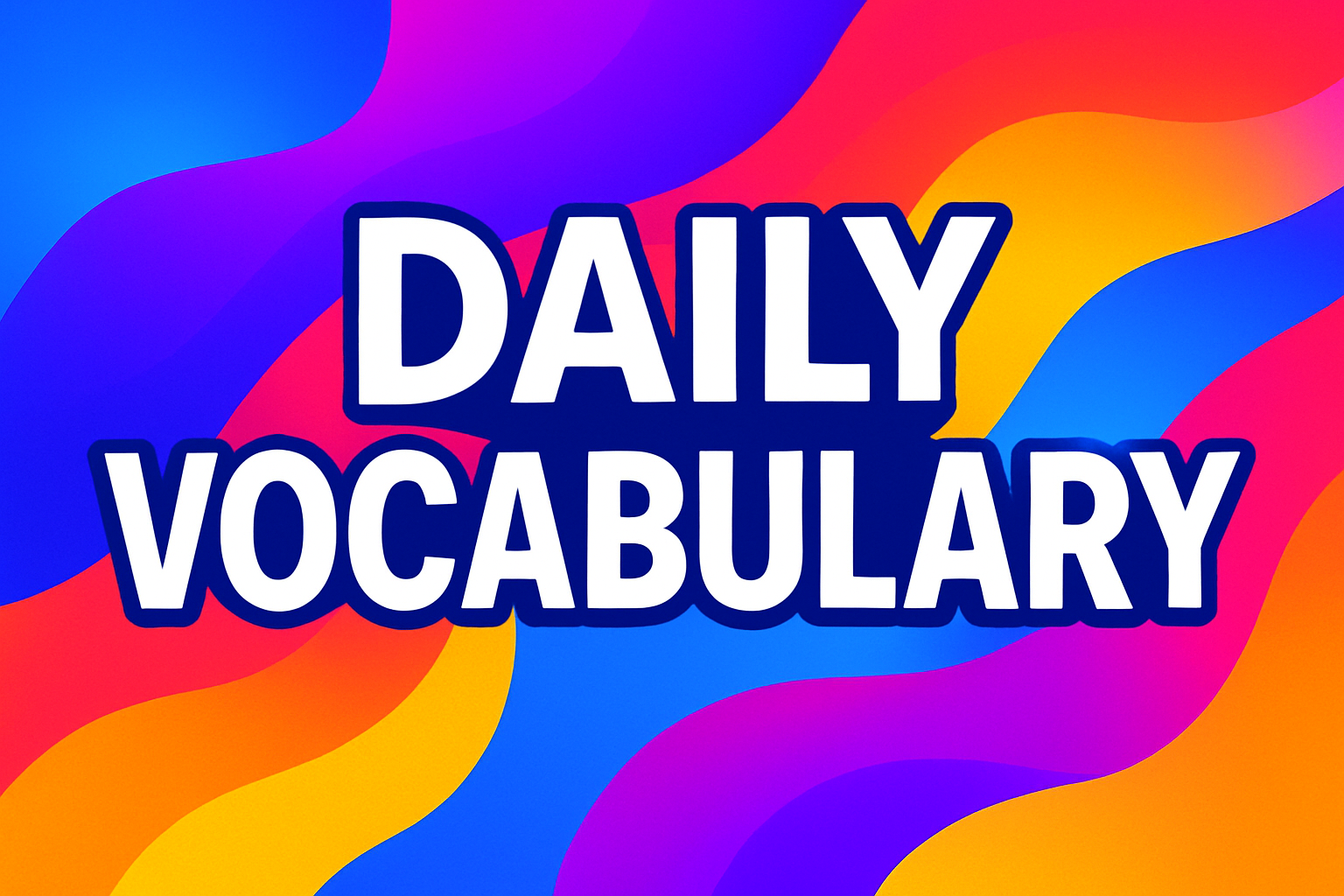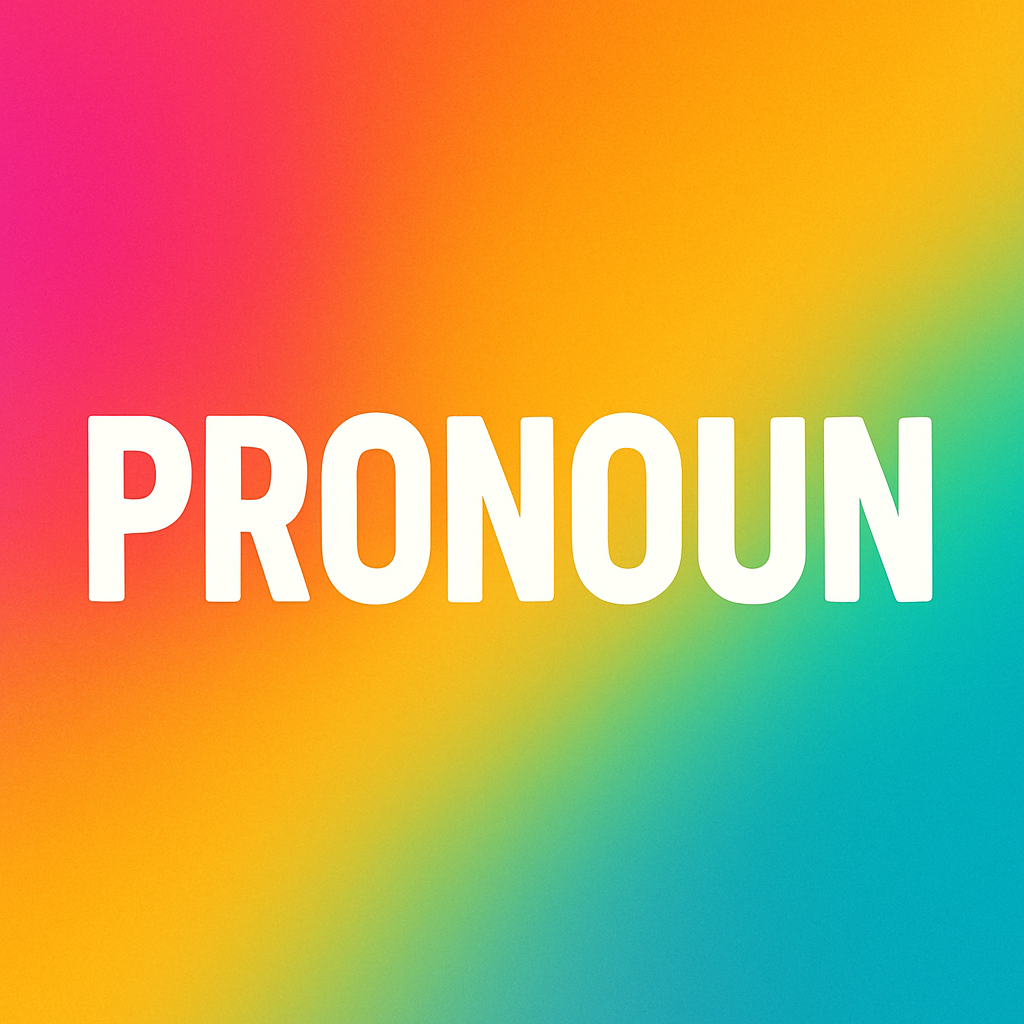Linking verbs are a key part of English grammar, connecting the subject of a sentence to additional information about it, such as a description, state, or identity. Unlike action verbs, which describe physical or mental actions, linking verbs act as a bridge between the subject and a complement, typically a noun, pronoun, or adjective that describes or identifies the subject. Below is a comprehensive explanation of linking verbs, including their definition, types, examples, and usage, as well as common pitfalls and tips for identification.
What Are Linking Verbs?
A linking verb connects the subject of a sentence to a subject complement, which provides more information about the subject. The complement can describe the subject’s state, identity, or quality. Linking verbs do not express action but instead show a relationship or state of being.
Example:
- She is happy.
- Here, “is” links the subject “She” to the complement “happy,” describing her state.
Key Characteristics:
- Linking verbs are followed by a subject complement (a noun, pronoun, or adjective).
- They describe a state of being, existence, or sensory perception rather than an action.
- They often act like an equal sign, equating the subject with the complement (e.g., “She = happy”).
Types of Linking Verbs
Linking verbs can be categorized into three main types based on their function:
1. True Linking Verbs (Forms of “To Be”)
These are the most common linking verbs, derived from the verb “to be.” They express existence, identity, or a state.
- Forms: am, is, are, was, were, be, being, been
- Examples:
- I am a student. (Links “I” to “student,” identifying the subject.)
- They were tired. (Links “They” to “tired,” describing their state.)
- She is being silly. (Links “She” to “silly,” describing her behavior.)
2. Sensory Linking Verbs
These verbs relate to the five senses (sight, sound, smell, taste, touch) or perception and describe how something appears, feels, smells, sounds, or tastes.
- Common Sensory Linking Verbs: appear, feel, look, seem, smell, sound, taste
- Examples:
- The soup tastes delicious. (Links “soup” to “delicious,” describing its taste.)
- He seems upset. (Links “he” to “upset,” describing his appearance.)
- The flowers smell wonderful. (Links “flowers” to “wonderful,” describing their scent.)
3. State-of-Being Linking Verbs
These verbs describe a condition or state of existence, often indicating a change or continuation of a state.
- Common State-of-Being Linking Verbs: become, remain, stay, grow, turn, prove
- Examples:
- She became a doctor. (Links “She” to “doctor,” indicating a change in identity.)
- The weather remains calm. (Links “weather” to “calm,” describing its state.)
- The leaves turned red. (Links “leaves” to “red,” describing a change.)
How to Identify Linking Verbs
To confirm whether a verb is functioning as a linking verb in a sentence, use these tests:
- Substitute with a Form of “To Be”:
- If you can replace the verb with “is,” “am,” or “are” and the sentence still makes sense, it’s likely a linking verb.
- Example: The cake tastes sweet. → The cake is sweet. (Still makes sense, so “tastes” is a linking verb.)
- Counterexample: She eats cake. → She is cake. (Doesn’t make sense, so “eats” is an action verb.)
- Check for a Subject Complement:
- Linking verbs are followed by a complement (noun, pronoun, or adjective) that describes or identifies the subject.
- Example: He feels confident. (“Confident” is an adjective describing “he.”)
- Counterexample: He feels the fabric. (“The fabric” is a direct object, not a complement, so “feels” is an action verb here.)
- Look for No Action:
- If the verb doesn’t describe a physical or mental action, it’s likely a linking verb.
- Example: The sky appears cloudy. (No action, just a description of the sky’s state.)
Common Linking Verbs
Here’s a comprehensive list of common linking verbs, grouped by category:
- Forms of “To Be”: am, is, are, was, were, be, being, been
- Sensory Verbs: appear, feel, look, seem, smell, sound, taste
- State-of-Being Verbs: become, continue, grow, prove, remain, stay, turn
Note: Some verbs can function as both linking and action verbs, depending on the sentence. Context is key.
Linking Verbs vs. Action Verbs
Some verbs can act as either linking verbs or action verbs, depending on their use. Here’s how to distinguish them:
- Linking Verb Example:
- The milk tastes sour. (Describes the milk’s state; “sour” is a complement.)
- Substitute: The milk is sour. (Makes sense, so it’s a linking verb.)
- Action Verb Example:
- She tastes the soup. (Describes an action; “soup” is a direct object.)
- Substitute: She is the soup. (Doesn’t make sense, so it’s an action verb.)
Other Dual-Use Verbs:
- Feel:
- Linking: He feels sick. (Describes his state.)
- Action: He feels the soft blanket. (Describes an action.)
- Look:
- Linking: You look tired. (Describes appearance.)
- Action: You look at the stars. (Describes an action.)
- Appear:
- Linking: She appears confident. (Describes her state.)
- Action: She appears in the movie. (Describes an action.)
Subject Complements
A subject complement follows a linking verb and provides additional information about the subject. There are two types:
- Predicate Nominative:
- A noun or pronoun that renames or identifies the subject.
- Example: She is a teacher. (“Teacher” renames “she.”)
- Example: They became leaders. (“Leaders” identifies “they.”)
- Predicate Adjective:
- An adjective that describes the subject.
- Example: The dog seems friendly. (“Friendly” describes “dog.”)
- Example: The sky looks blue. (“Blue” describes “sky.”)
Common Pitfalls and Tips
- Confusing Linking and Action Verbs:
- Always check the verb’s role in the sentence. If it’s followed by a complement describing the subject, it’s likely a linking verb. If it’s followed by a direct object or describes an action, it’s an action verb.
- Auxiliary Verbs vs. Linking Verbs:
- Forms of “to be” (e.g., is, are) can act as auxiliary (helping) verbs in progressive tenses (e.g., She is running). In these cases, they are not linking verbs because they assist another verb, not connect to a complement.
- Example: He is studying. (“Is” is auxiliary, helping “studying.”)
- Example: He is smart. (“Is” is a linking verb, connecting to “smart.”)
- Context Matters:
- Verbs like “grow” can be linking (The kids grow taller) or action (They grow vegetables). Use the substitution test to confirm.
- Practice Identification:
- To master linking verbs, practice identifying them in sentences and determining whether the verb links to a complement or describes an action.
Examples in Sentences
Here are additional examples to illustrate linking verbs in various contexts:
- True Linking Verbs:
- The room is quiet. (“Quiet” describes “room.”)
- We were late for class. (“Late” describes “we.”)
- Sensory Linking Verbs:
- The coffee smells amazing. (“Amazing” describes “coffee.”)
- The music sounds loud. (“Loud” describes “music.”)
- State-of-Being Linking Verbs:
- He remains optimistic. (“Optimistic” describes “he.”)
- The project proved challenging. (“Challenging” describes “project.”)
Why Linking Verbs Matter
- Clarity: Linking verbs help describe or identify subjects clearly, making sentences more informative.
- Sentence Structure: They establish relationships between subjects and complements, contributing to varied sentence structures.
- Writing Precision: Understanding linking verbs improves writing by ensuring verbs are used correctly to convey states or actions.
Practice Exercise
Identify the linking verb and its complement in the following sentences, and determine whether the complement is a predicate nominative or predicate adjective:
- The cake tastes delicious.
- She became a lawyer.
- The weather seems unpredictable.
- They are my friends.
Answers:
- Linking verb: tastes, Complement: delicious (predicate adjective).
- Linking verb: became, Complement: lawyer (predicate nominative).
- Linking verb: seems, Complement: unpredictable (predicate adjective).
- Linking verb: are, Complement: friends (predicate nominative).
Additional Notes
- Regional Variations: Linking verbs are consistent across English dialects, but some sensory verbs (e.g., “feel” in informal contexts) may vary slightly in usage.
- Advanced Grammar: In complex sentences, linking verbs can appear in clauses (e.g., “Whoever is ready can leave”). The same rules apply.
- Common Errors: Avoid mistaking auxiliary verbs for linking verbs or misidentifying action verbs as linking verbs. Always test with substitution.

